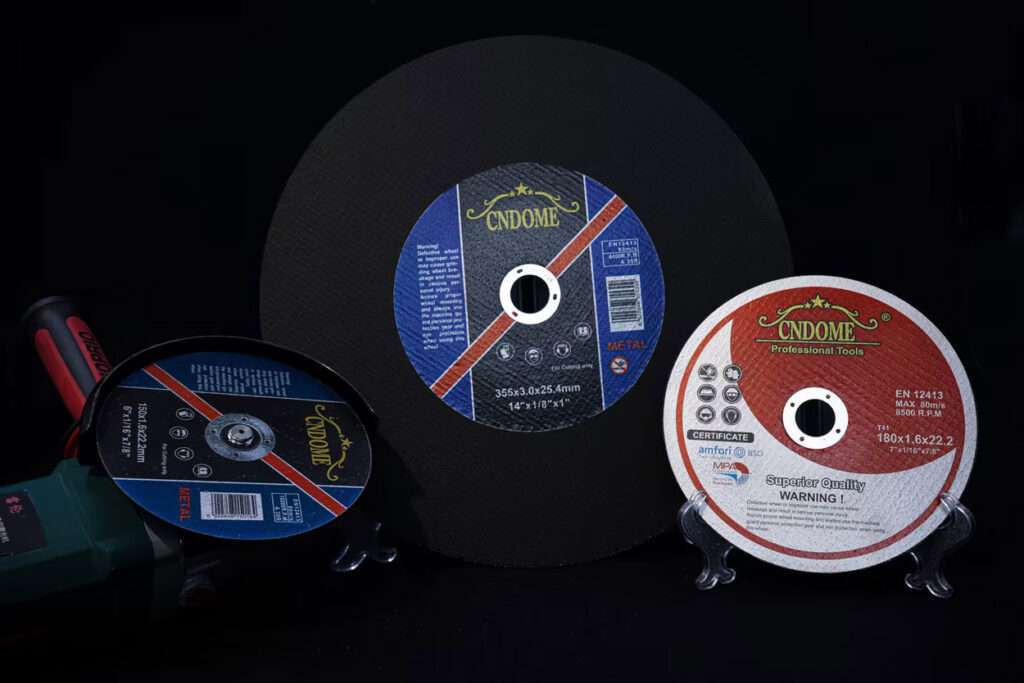Cutting discs are essential tools in various industries for cutting through metals and other materials. To ensure optimal performance and longevity, it’s crucial to understand the factors that affect their service life. Here are some tips and best practices to help you get the most out of your cutting discs.
1. Choose the Right Disc for the Job
Different materials require different types of cutting discs. Using a disc not designed for the material you’re cutting can lead to premature wear and inefficiency. Here’s a quick guide:
- Stainless Steel: Use discs specifically designed for stainless steel to prevent contamination and ensure a clean cut.
- Aluminum: Opt for non-loading discs to avoid clogging.
- Masonry: Use diamond-tipped or carbide-tipped discs for durability.
2. Proper Storage
Store cutting discs in a cool, dry place away from direct sunlight and moisture. Humidity and extreme temperatures can weaken the disc’s bond and lead to faster wear.
3. Correct Mounting
Ensure the disc is correctly mounted on the tool with the appropriate flange and that it’s tightly secured. An improperly mounted disc can wobble, leading to uneven wear and potential breakage.
4. Optimal Speed and Pressure
- Speed: Follow the manufacturer’s recommendations for the maximum operating speed. Running a disc at higher speeds can cause it to wear out faster and may pose safety risks.
- Pressure: Avoid excessive pressure. Let the disc do the cutting with minimal force. Applying too much pressure can cause the disc to overheat and wear out more quickly.
5. Regular Inspection
Before each use, inspect the disc for any signs of damage or wear, such as cracks, chips, or excessive wear. Replace any damaged discs immediately to avoid accidents and ensure optimal performance.
6. Dressing the Disc
For grinding applications, dressing the disc can restore its cutting ability and extend its life. Use a dressing tool to remove clogged material and expose fresh abrasive grains.
7. Use a Proper Cutting Technique
Maintain a steady, even hand and let the tool’s speed do the work. Avoid twisting or bending the disc while cutting, as this can cause stress and lead to premature failure.
8. Coolant Use
When cutting hard materials or performing prolonged cutting tasks, use a coolant or lubricant. This helps to reduce heat build-up, which can degrade the disc’s bonding material and abrasive grains.
9. Quality Matters
Investing in high-quality cutting discs can make a significant difference in their service life. While cheaper discs may save money upfront, they often wear out faster and require more frequent replacements.
10. Record Keeping
Keep a log of disc usage, including the type of material cut, duration of use, and any observations of wear. This data can help identify patterns and improve your disc selection and usage practices.
By following these tips, you can maximize the service life of your cutting discs, ensuring efficient and safe operation while reducing costs. Proper maintenance and usage are key to getting the most out of these essential tools.



